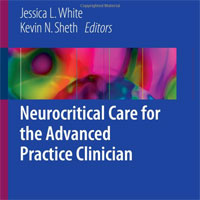Stories Category: Intensive Care
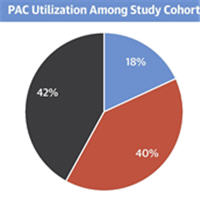
Hemodynamic Profiling utility using Pulmonary Artery Catheters in Cardiogenic Shock
PAC usage in cardiogenic shock (CS) is being revitalized by recent positive analyses of large registry and administrative databases. To realize the full potential of pulmonary artery catheters (PAC), more research is urgently... read more

Troponin Elevation in Non-cardiac Critical Illness
This article is about how to approach ischemia evaluation for the "non-cardiac" critically ill patient (someone admitted for a problem such as sepsis, stroke, or DKA). This is tough. We want to be thorough enough not to miss... read more
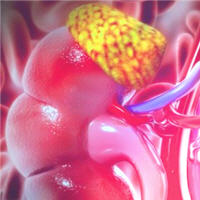
Comparison of Two Delayed Strategies for RRT initiation for severe AKI
Delaying renal replacement therapy (RRT) for some time in critically ill patients with severe acute kidney injury (AKI) and no severe complication is safe and allows optimisation of the use of medical devices. Major uncertainty... read more
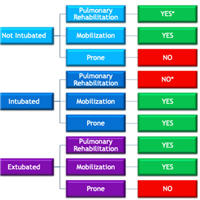
Could Physical Therapy Interventions Be Adopted in the Management of Critically Ill Patients with COVID-19?
As part of COVID-19 consequences, it has been estimated that 5% of patients affected by this disease will require admission to the intensive care unit (ICU), and physical therapy techniques have been implemented in patients... read more
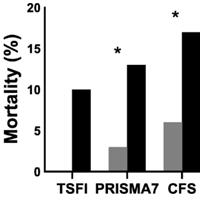
Feasibility and Accuracy of ED Frailty Identification in Older Trauma Patients
This prospective study has demonstrated that screening for frailty in older major trauma patients within the Emergency Department is feasible and accurate using Clinical Frailty Scale (CFS). Patients age 65 years and... read more
Isavuconazole vs. Voriconazole for Antifungal Prophylaxis in Lung Transplant Recipients
Isavuconazole was effective and well tolerated as antifungal prophylaxis following lung transplantation. A single-center, retrospective study of patients who received isavuconazole (September 2015–February 2018) or voriconazole... read more

People with long-COVID at high risk of ongoing mental health issues
People living with long-COVID are at significant risk of experiencing depression and post-traumatic stress disorder (PTSD), according to research published in the European Respiratory Journal. The research is one of the... read more
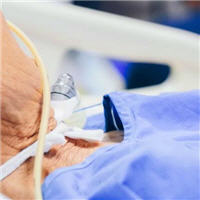
Multicomponent Non-pharmacological Intervention on Delirium and Sleep Quality in SICU
Delirium is a deleterious condition affecting up to 60% of patients in the surgical intensive care unit (SICU). Few SICU-focused delirium interventions have been implemented, including those addressing sleep-wake disruption,... read more
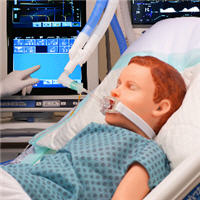
24-Hour Esophageal pH Measurement in Mechanically Ventilated Children
The current study shows high incidence of gastroesophageal reflux on 24-hour esophageal pH-metry in mechanically ventilated children with medical diagnoses. The significance of this finding and its impact on ventilator-associated... read more

Drug Treatments for COVID-19
Corticosteroids and interleukin-6 inhibitors probably confer important benefits in patients with severe covid-19. Janus kinase inhibitors appear to have promising benefits, but certainty is low. Azithromycin, hydroxychloroquine,... read more
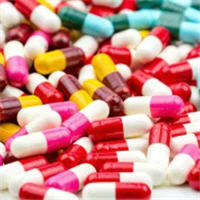
On Cytokines, Fluvoxamine and COVID-19
Early in the COVID-19 pandemic, the role of ‘cytokine storm’ in patients with severe course was raised. Indeed, this triggered multiple investigations centred around calming excessive inflammation with pharmacotherapies... read more
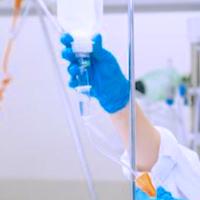
A Bad Sedation Package Leaves your Patient Trapped in a Nightmare
Pushing some ativan followed by vecuronium is no longer an acceptable strategy to manage post-intubation sedation. A good analgesia and sedation package is essential if you care about your patient's comfort and well-being.... read more

Practice Recommendations on Neuraxial Anesthesia and Peripheral Nerve Blocks during the COVID-19 Pandemic
General anesthesia (GA) with airway intervention leads to aerosol generation, which exposes the health care team to risk of transmission of COVID-19 both during intubation and extubation. The odds of transmission of acute... read more
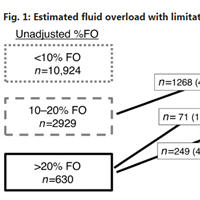
Non-resuscitation fluid in excess of hydration requirements is associated with higher mortality in critically ill children
Non-resuscitation fluid in excess of hydration requirements is associated with increased mortality in critically ill children. Excess maintenance fluid is a modifiable contributor to this fluid volume. Strategies to reduce... read more
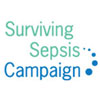
The Surviving Sepsis Campaign: Fluid Resuscitation and Vasopressor Therapy Research Priorities in Adult Patients
In the second of a series of manuscripts subsequent to the original article, members with expertise in the subjects expound upon the three identified priorities related to fluid resuscitation and vasopressor therapies. This... read more
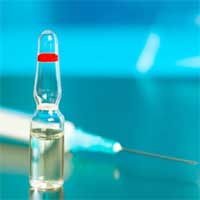
COVID-19 vaccines effective for pregnant women, likely protect their babies too
COVID-19 mRNA vaccines are extremely effective at protecting pregnant and lactating women against the virus, and likely provide protection for their babies as well, according to a study published March 25 in the American... read more
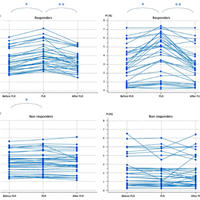
Increase in PI during PLR detects a positive response of the PLR test
An increase in perfusion index (PI) during passive leg raising (PLR) by 9% accurately detects a positive response of the PLR test. Three patients were excluded because the plethysmography signal was absent and 3 other... read more








